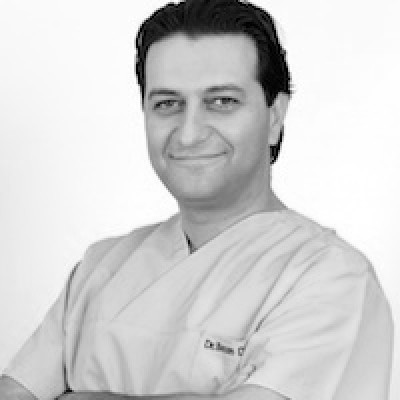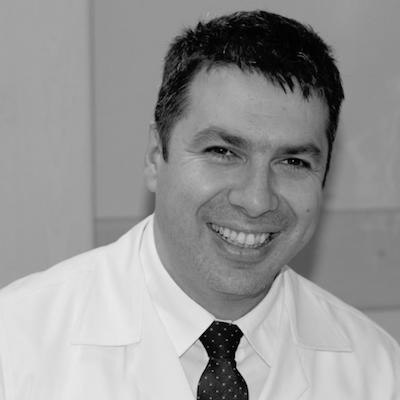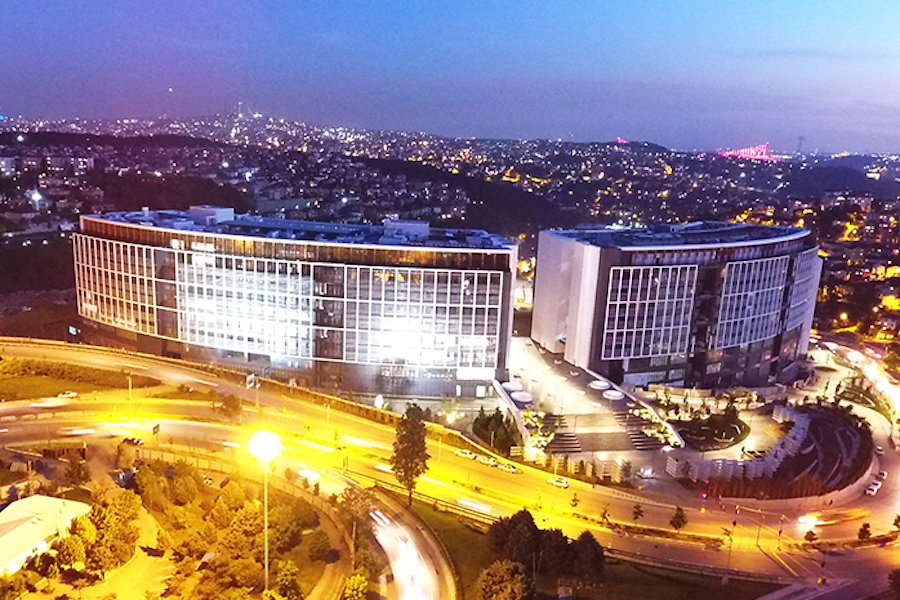After the teaching and the instruction, participants will perform the surgical training on the fresh skull, guided by us, step by step. Two doctors are assigned to one fresh (not embalmed) skull, a well trained team is always around to help and assist. 70% of the course are hands-on with 30% lectures about the techniques.
Impressum
-
Course Tag Number
V010170IMP05EN090IST -
Faculty
-
Starting Date & Time
01.01.1970 - 02:00 -
Planned Finishing Time
01.01.1970 - 02:00 -
You have missed this course. Would you like to be informed about the next one.
-
Destination
Istanbul -
Venue
-
Teaching Method
Theoretical Lessons, Live demonstrations & Hands-on practice on fresh human cadavers -
Language
English -
Contact Person
-
Registration Form (PDF)
Registration Form (Online)
-
PDFs
70% of the course are hands-on with 30% lectures about the techniques and live or video taped dissection/operation (displayed on screen), all step by step. In the first day of the course, the participants will learn oral implant surgery techniques as described in topics, theoretically.
On the practice day, after a very short theoretical introduction of the surgical procedure by the lecturer, participants can watch the live surgery on the screen. They accompany each detail in “real time”, simulating a close 1:1 reality on the “patient”.
After the teaching and the instruction, participants will perform the surgical training on the fresh skull, guided by us, step by step. Two doctors are assigned to one fresh (not embalmed) skull, a well trained team is always around to help and assist.
TOPICS
1st Day (Theoretical lectures)
SURGICAL TOPICS
• Anatomy 101 - Danger Zones for an Implantologist
• Dental Implant 101
• My first implant & bone regeneration and materials
• Sinus elevation and single-stage surgical implant placement with a titanium osteosynthesis bar
PROSTHETIC TOPICS
• Complex cases in dental implantology
• Planning: Tomography assisted surgical guides
• Aesthetic of prosthesis in dental implantology
• Strategies for complex cases in the clinic
• Procedures of screw-retained prosthesis
• When would we prefer cantilever dental implant bridges?
• Implant supported fixed prostheses and bridges in the edentulous mandible and maxilla
• Planning principles of implant-supported prothesis
1st Day (Practice on Plastic Jaw)
PROSTHETIC PRACTICE
• Impression techniques for implant dentistry on plastic jaw models
• Open and closed tray impressions techniques for fixed implant-supported protheses
• Placing implant analogs.
2th Day (Practice on fresh human cadavers)
• Dissection of anatomical danger zones:
- Lingual + inf. alveolar + mental + infraorbicular nerve
- Palatine + facial + submental artery
• Implant placement (on lower & upper jaw)
• Grafting & placing membrane
• Suture practices
• Maxillary sinus elevation techniques
• Epithelial-connective tissue graft harvesting techniques from the palate
REASONS TO ATTEND
The advanced participants have the opportunity:
• To try procedures he/she want to do on a patient in the future.
• To detect how close one usually is to delicate anatomical structures.
• See, touch and explore the different anatomical planes, fascia, muscles, nerves, arteries, veins, organs, etc.
• Providing you with an incomparable surgical learning experience.
• See structural anomalies.
• We only utilize professional facilities.
For doctors in training the course has several advantages:
• Anatomical and surgical step by step hands on dissection course to facial surgeons.
• Extensive knowledge is not a prerequisite.
• We teach you in a friendly & easy-to-learn environment.
• We know your needs and how to meet them and we focus on pitfalls in facial surgery.



